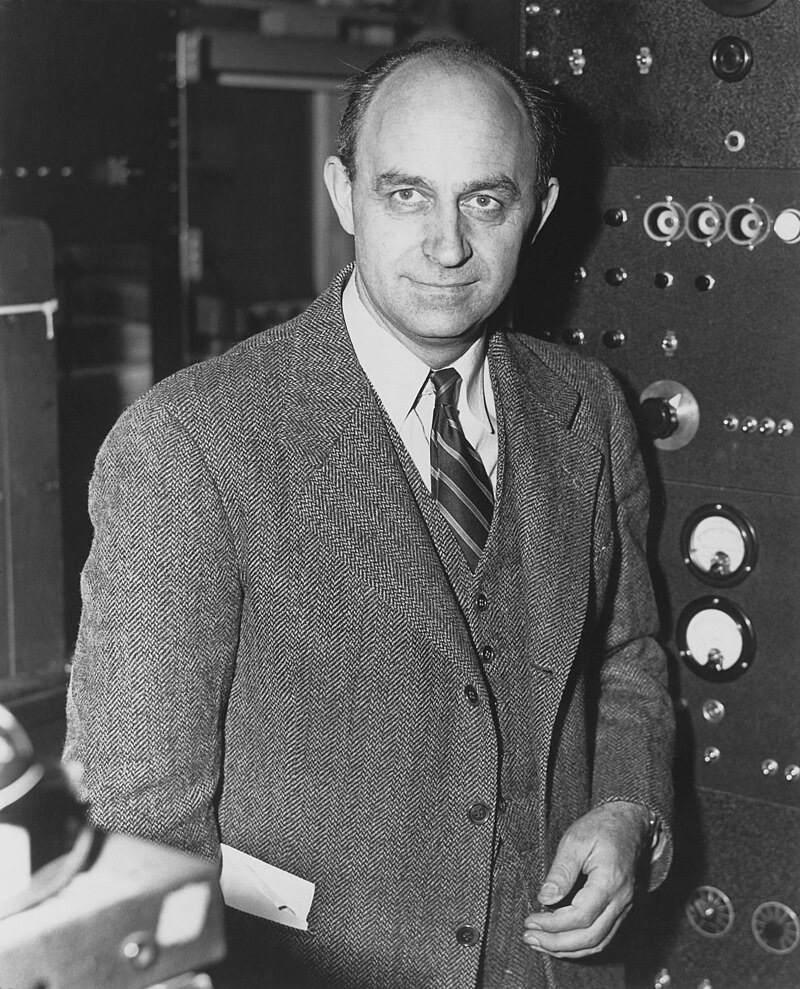The ancient Greek Zeno posed a number of paradoxes on motion. In the dichotomy or the racetrack, Zeno argued that a runner will never reach the stationary goal line on a straight racetrack. The reason is that the runner must first reach half the distance to the goal, but when there he must still cross half the remaining distance to the goal, but having done that the runner must cover half of the new remainder, and so on. If the goal is one meter away, the runner must cover a distance of 1/2 meter, then 1/4 meter, then 1/8 meter, and so on ad infinitum. The runner cannot reach the final goal, says Zeno. There is also another version which states the inverse, namely that the runner cannot even take his first step because the first step can be infinitely divided up.
Aristotle, in Physics, said of the Dichotomy that it is possible for a runner to come in contact with a potentially infinite number of things in a finite time provided the time intervals become shorter and shorter. Aristotle said Zeno assumed this was impossible, and that is one of his errors in the Dichotomy. However, it was not until the invention of calculus that a mathematical theory, which enabled the computation of the finite amount of time, could provide the detailed solution and it is calculus that provides the detailed Standard Solution to Zeno’s Paradox today. The sum of the series of path lengths or segments ½+¼+⅛+.... converges to 1 and not infinity.
A far simpler solution could in fact have resolved the Paradox even without calculus. The runner is also composed of infinite units, so infinity divided by infinity equals 1. This means the runner does not have infinite space to run but has absolute space of equal parts in the same proportion to the runner’s sprint that sums to 1. At each point that his foot touches the ground, the same infinite units that Zeno recognises in the ground exist in the athlete’s foot and therefore the distance to be covered at each step is no longer Zeno’s infinitesimal decimal units but one unit. This allows the runner to complete the distance to the finish line within a certain amount of time depending on his sprint. Infinities are cancelled out by the existence of infinities within both the runner and the track.
Infinity is the background noise to the universe, it is the commonality for everything. Zeno went wrong because he attributed infinitesimal qualities to only one part of matter and space and then set up a false Dichotomy. Because it is a commonality, the infinite quality of matter can be ignored, and what remains is the proportional relationship between objects and between objects and space i.e. ratios.
So the answer to Zeno’s Paradox is that infinity also lies within the athlete's foot.




